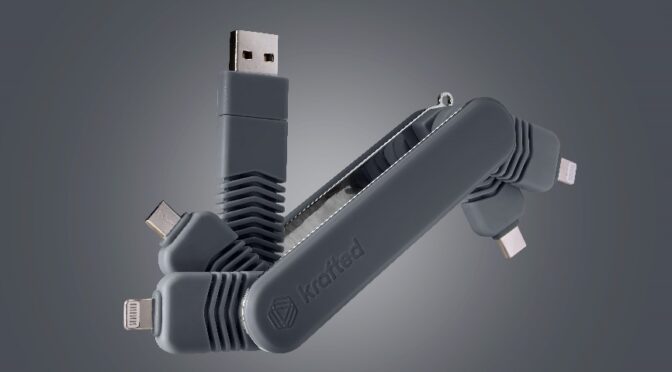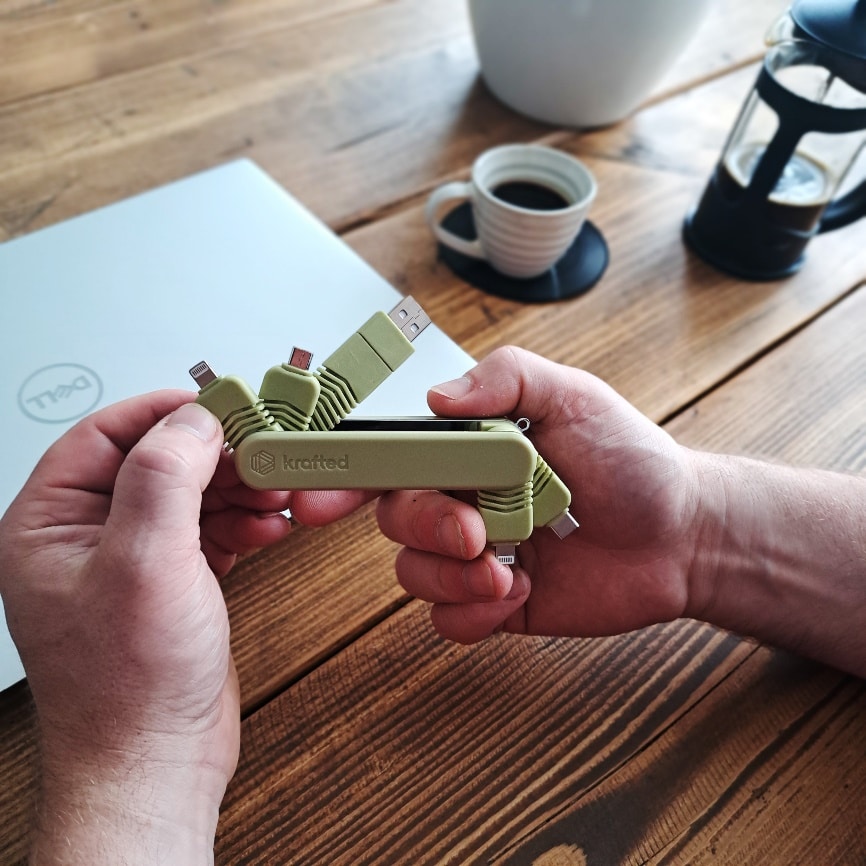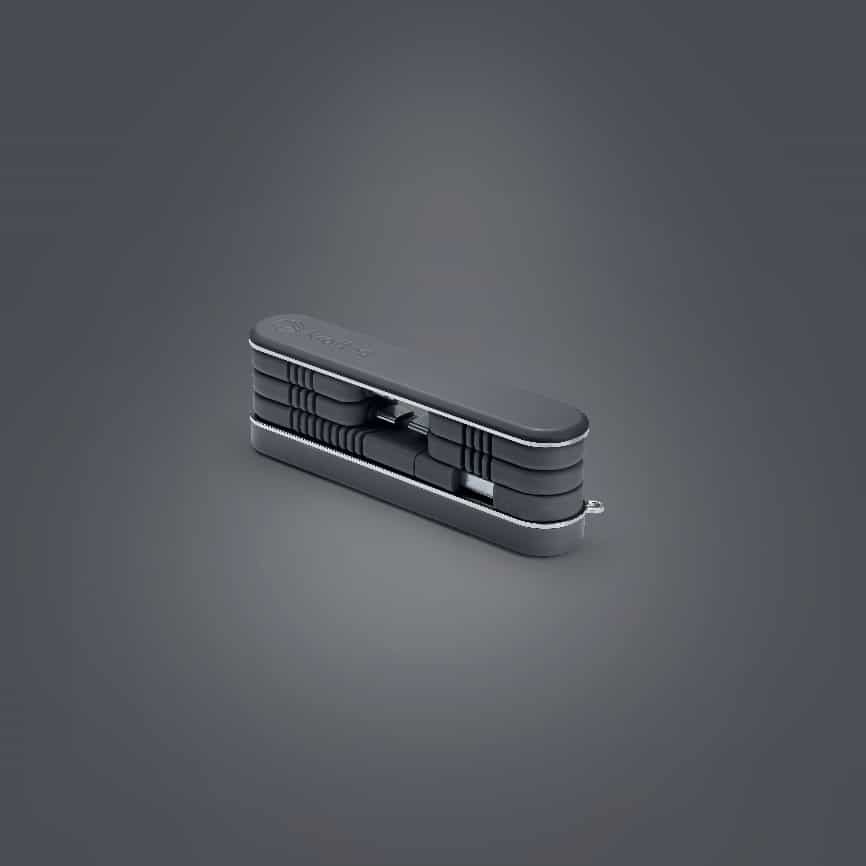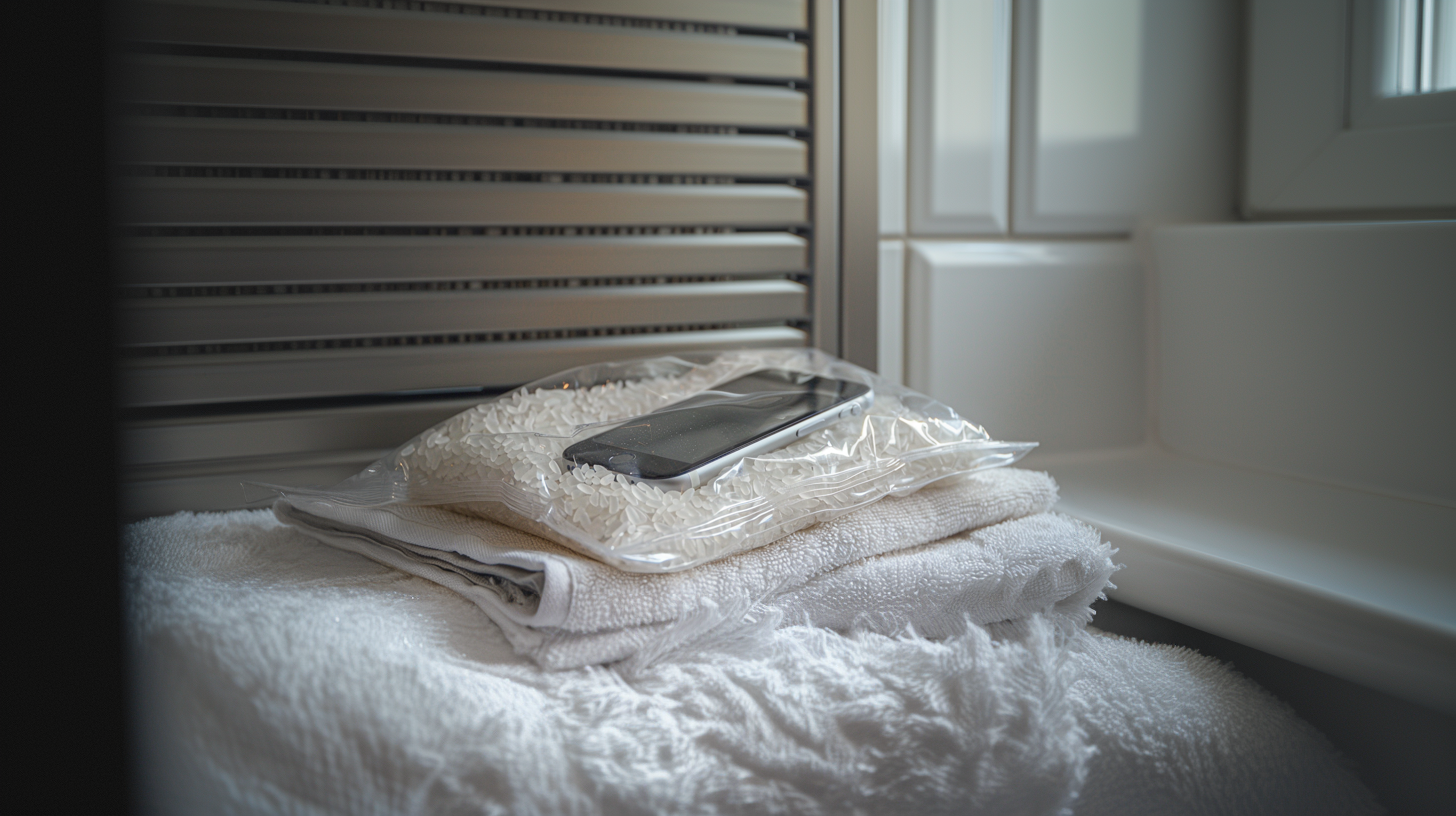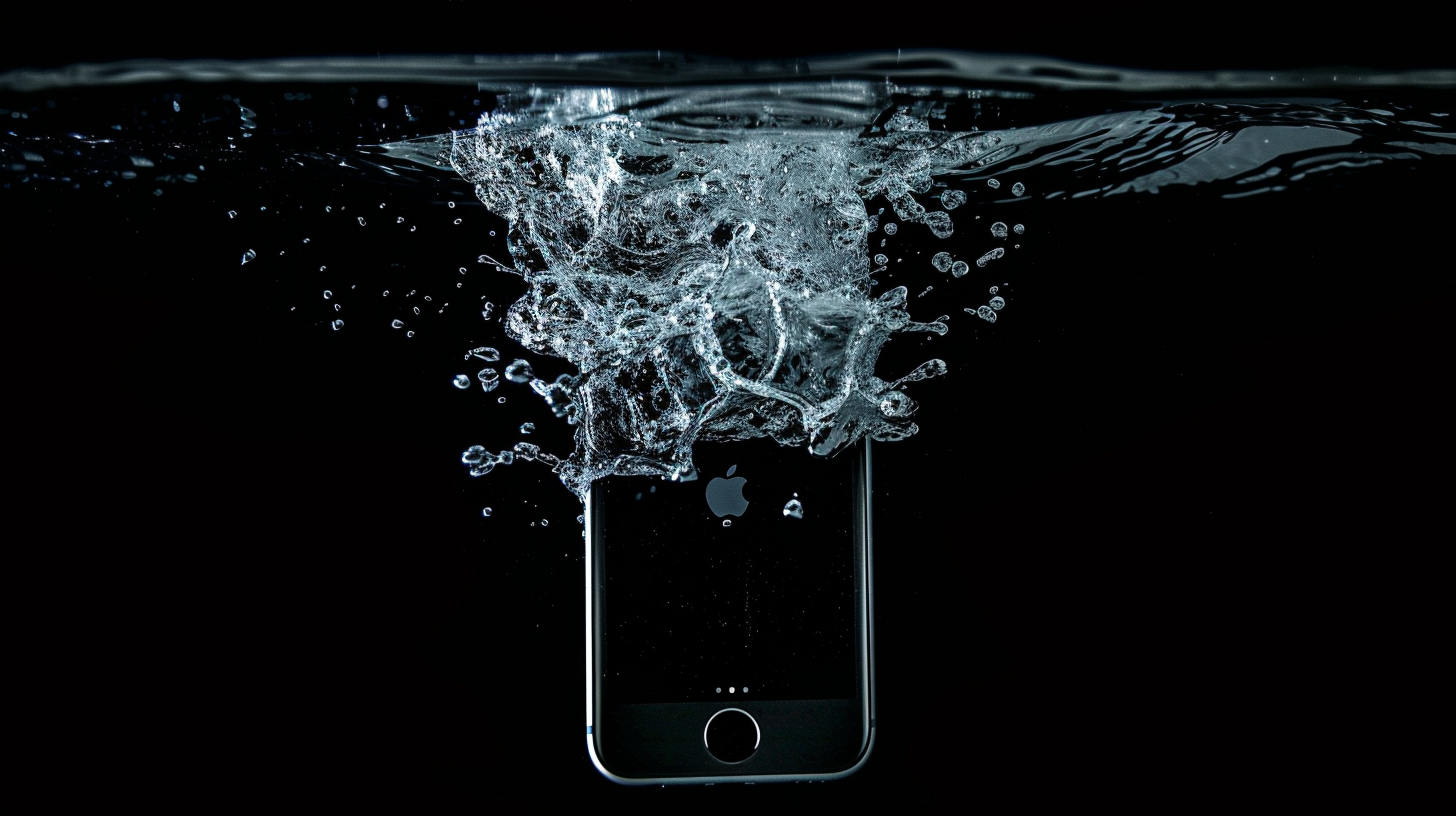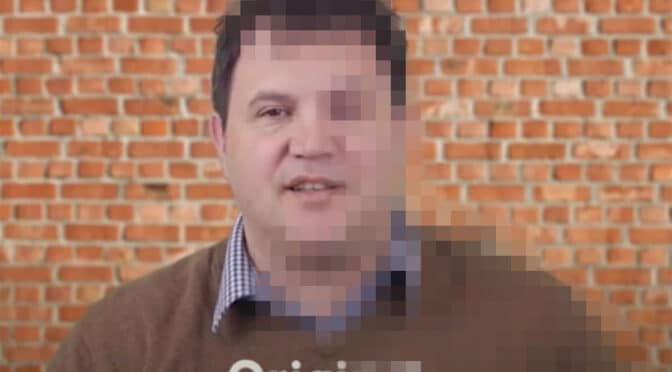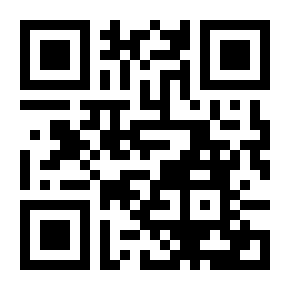Acer has once again redefined the boundaries of productivity and entertainment with its newly launched PD3 Series, featuring dual-screen foldable portable monitors. Designed to enhance multitasking efficiency and immersive viewing experiences, the series offers a sleek, lightweight design and cutting-edge functionality, making it a perfect companion for professionals and tech enthusiasts alike.
Compact, Lightweight, and Versatile
Weighing only 1.55 kg and measuring a mere 2.4 cm thin (PD163Q model), the Acer PD3 Series is a marvel of portable design. With a 16-inch display, it easily fits into any bag, allowing users to set up a dual-screen experience anywhere—whether at home, in the office, or on the go. Equipped with HDMI and USB-C ports, the monitors are compatible with a wide range of devices, including laptops, tablets, smartphones, and PCs, ensuring seamless integration with your existing tech ecosystem.
Why Two Screens Are Better Than One
The dual-screen setup of the PD3 Series elevates multitasking to a new level. The monitors enable:
- Efficient Workflows: Display a presentation on one screen while referencing data on the other.
- Enhanced Gaming: Play games on one screen while consulting guides on the second.
- Custom Viewing: Adjust the integrated stand for a 315° ergonomic design, allowing users to stack screens vertically or horizontally to suit their needs.
Vertical stacking reduces excessive scrolling, minimizing strain on the eyes and neck—perfect for extended working hours.
Enhanced Visuals and Immersive Quality
With a 1080p resolution per screen, the PD3 Series combines for a stunning 2160 x 1080 Dual FHD resolution when used together. The IPS panels ensure vivid colors, a wide 178° viewing angle, and consistent image quality. An automatic pivot feature enables effortless switching between landscape and portrait modes, further enhancing flexibility for professionals like graphic designers, programmers, and writers.
To support prolonged use, the monitors are equipped with Acer VisionCare™ technology, a suite of features designed to reduce eye strain during extended sessions.

A Triple-Screen Powerhouse for Multitasking
The PD3 Series can transform any workspace into a productivity hub by acting as a second and third screen. Whether you’re managing real-time engagements or analyzing complex data, these monitors provide a comprehensive view without disrupting your workflow. Their VESA mount compatibility ensures a clutter-free desk space, allowing for stylish and functional setups.
Models and Availability
The Acer PD3 Series comes in two sizes:
- 15.6-inch PD163Q
- 18.5-inch PD193Q E
Both models are now available and promise to cater to a variety of business and entertainment needs.

Key Features of the Acer PD3 Series
- Dual-Screen Foldable Design: Increases multitasking efficiency and supports a range of viewing angles.
- High-Quality Displays: IPS panels with Acer VisionCare™ for vibrant visuals and reduced eye strain.
- Portable and Lightweight: Perfect for on-the-go professionals.
- Broad Compatibility: HDMI and USB-C ports for seamless device connectivity.
- Space-Saving Solutions: VESA mountable for an organised, clutter-free setup.
Acer continues to innovate, blending sleek design with unparalleled functionality in the PD3 Series. Whether you’re a professional needing an efficient workspace or an enthusiast seeking immersive entertainment, these dual-screen foldable monitors deliver an experience like no other.
To explore more about the Acer PD3 Series, visit Acer’s website.
Stay tuned for more innovative tech reviews and updates from The Gadget Man!
What are your thoughts on Acer’s new PD3 Series? Let me know in the comments below, or join the conversation on my social media channels!


